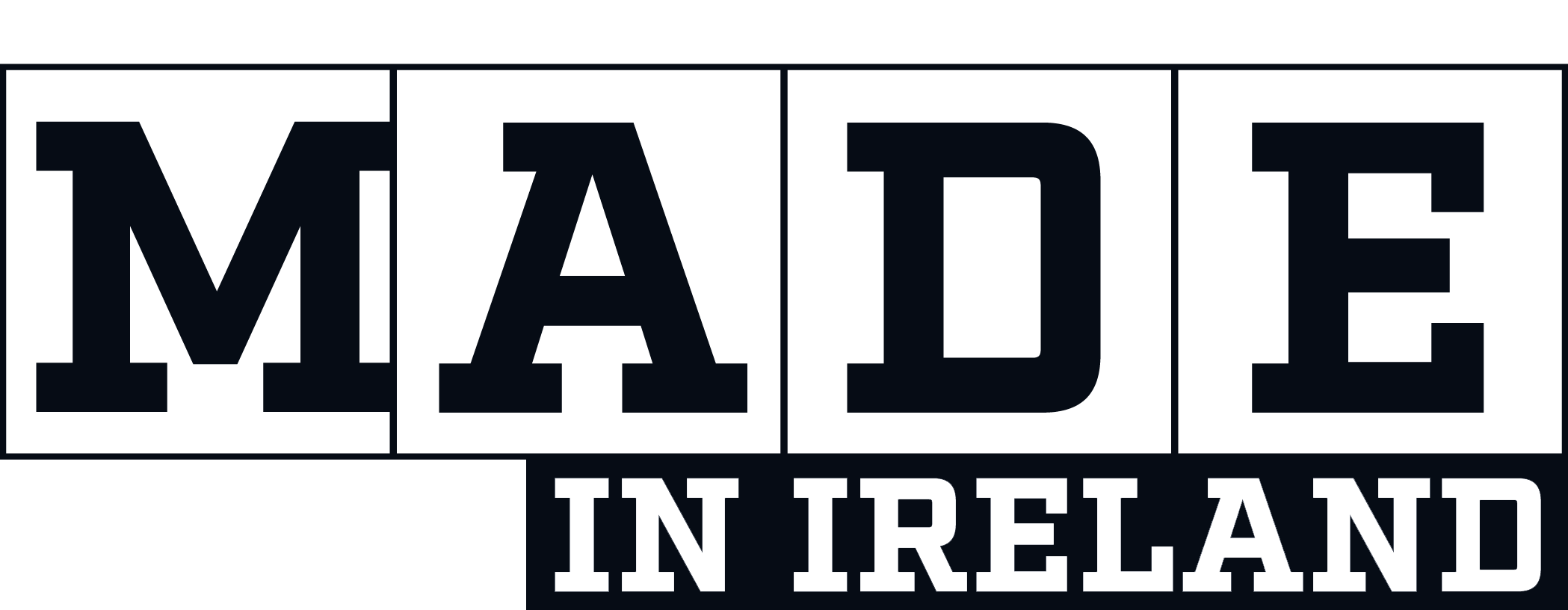Dr Yogarajah told The Engineer that the approach involves scanning students’ notebooks and using lightweight deep learning models to analyse handwriting for early signs of learning disabilities.
“These models are designed to operate on standard Android smartphones, making the technology accessible and affordable, especially in low and middle-income countries where early diagnosis is often unavailable,” he said.
The primary goal of the EPSRC-funded project – named Screen4SpLDs - is to provide an early indication of potential learning disabilities. This is crucial in regions where students are frequently mislabeled as abnormal due to the lack of proper diagnostic tools and trained educators. The tool scans a notebook page, and the deep learning model classifies the writing as either normal or showing potential signs of learning disabilities.
Dr Yogarajah emphasised the importance of Explainable AI (XAI) in this context. The technology identifies potential issues but also explains why a particular piece of writing is flagged. This feature is particularly valuable for educators and parents, providing clarity and actionable insights.
The project's scope covers multiple languages to determine whether learning disabilities can be universally identified through handwriting analysis or if language-specific models are necessary. Initial work has shown promise, and the next phase aims to develop a global model capable of accurate classification across different languages and scripts, including Bangla, Tamil and Sinhalese.
“That is…our main thing, whether there is a universal learning model we can find out, or we need to stick with a single model for each language,” he said.
This initiative is particularly significant for low and middle-income countries where children with learning disabilities often receive no support, and teachers lack the resources and training to help them. By providing a simple, cost-effective screening tool, Dr Yogarajah’s project could offer a pathway for early intervention, potentially transforming educational outcomes for many children.










